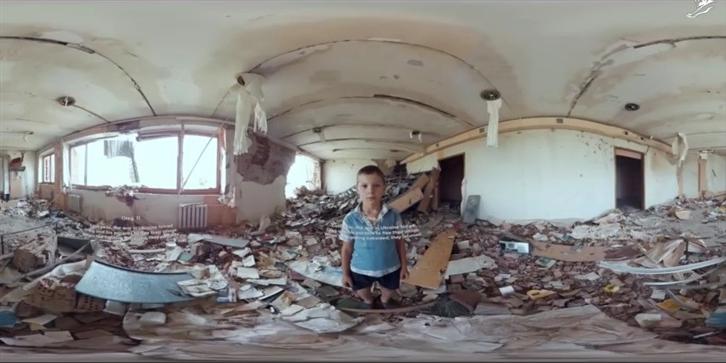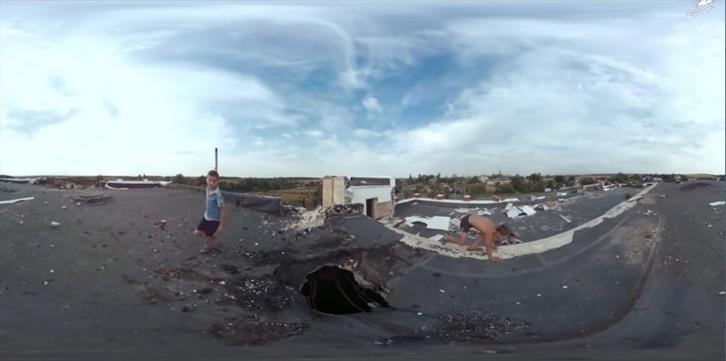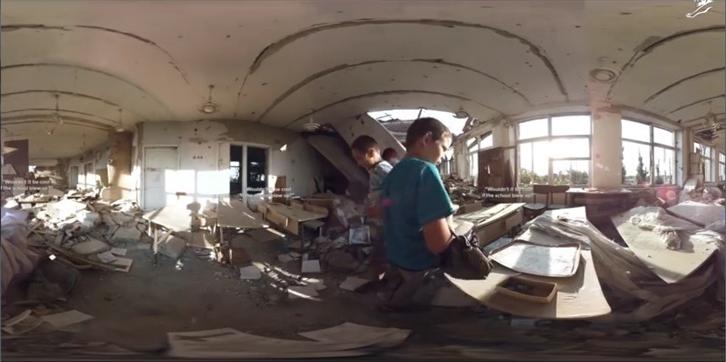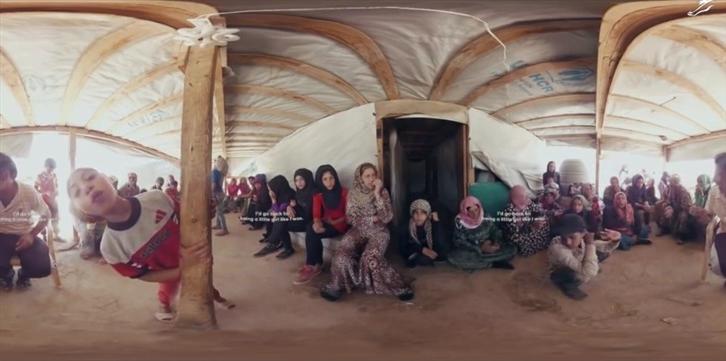Virtual reality and artificial intelligence are the key trends in Cannes Lions this year. “The Displaced” by New York Times is the most eye-catching work and wins Mobile Grand Prix and Grand Prix, Lions Entertainment.
There are around 30 million refugee children worldwide displaced from home because of wars, and Syria is one of the countries. New York Times utilized VR technology for readers to experience the first-person immersive virtual reality to feel the real refugee life and to draw their attention to this issue.

In “The Displaced,” one will be led by refugee children to see their life–broken homes, classrooms and everything when putting on the VR device. Readers do feel more through “virtual reality” than read articles or see pictures. And those “feelings” will lead to inspire “actions” or “attention,” and then the news mission is perfectly accomplished.





Previously, VR is commonly applied to entertainment experiences by brands, such as to experience exciting roller coaster riding in the amusement park. Yet, it is rare to have VR with intricate content planning represented to consumers by brands. Why New York Times earns its place as the forefront pioneer with this creative marketing campaign?

Because, VR is more than a techno show-off this time.
One once said that the most successful digital marketing is to integrate 20% technology and 80% consumer insights. New York Times gets a firm grip of this strategy. “Virtual reality” is well maneuvered to intrigue powerful emotional appealing. It has then become the visual anydoor for readers to virtually relocate to where the refugees are to go through the shocking experiences. When readers complete the virtual journey, there’s no need for New York Times to offer anymore explanation. Reflection and compassion are triggered for readers to pay more attention to this issue and even make donations.

Reference: https://goo.gl/Sz8vHz
